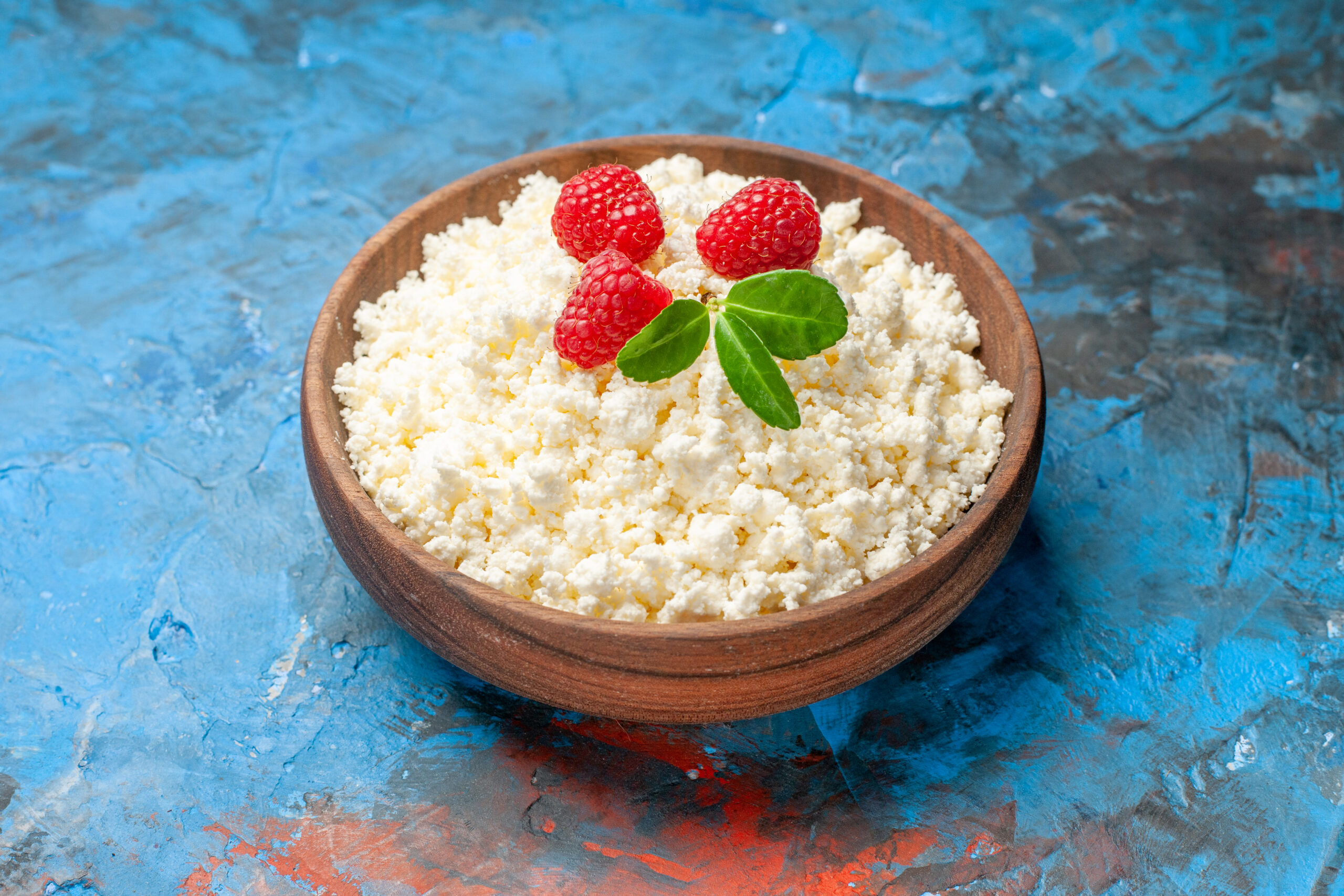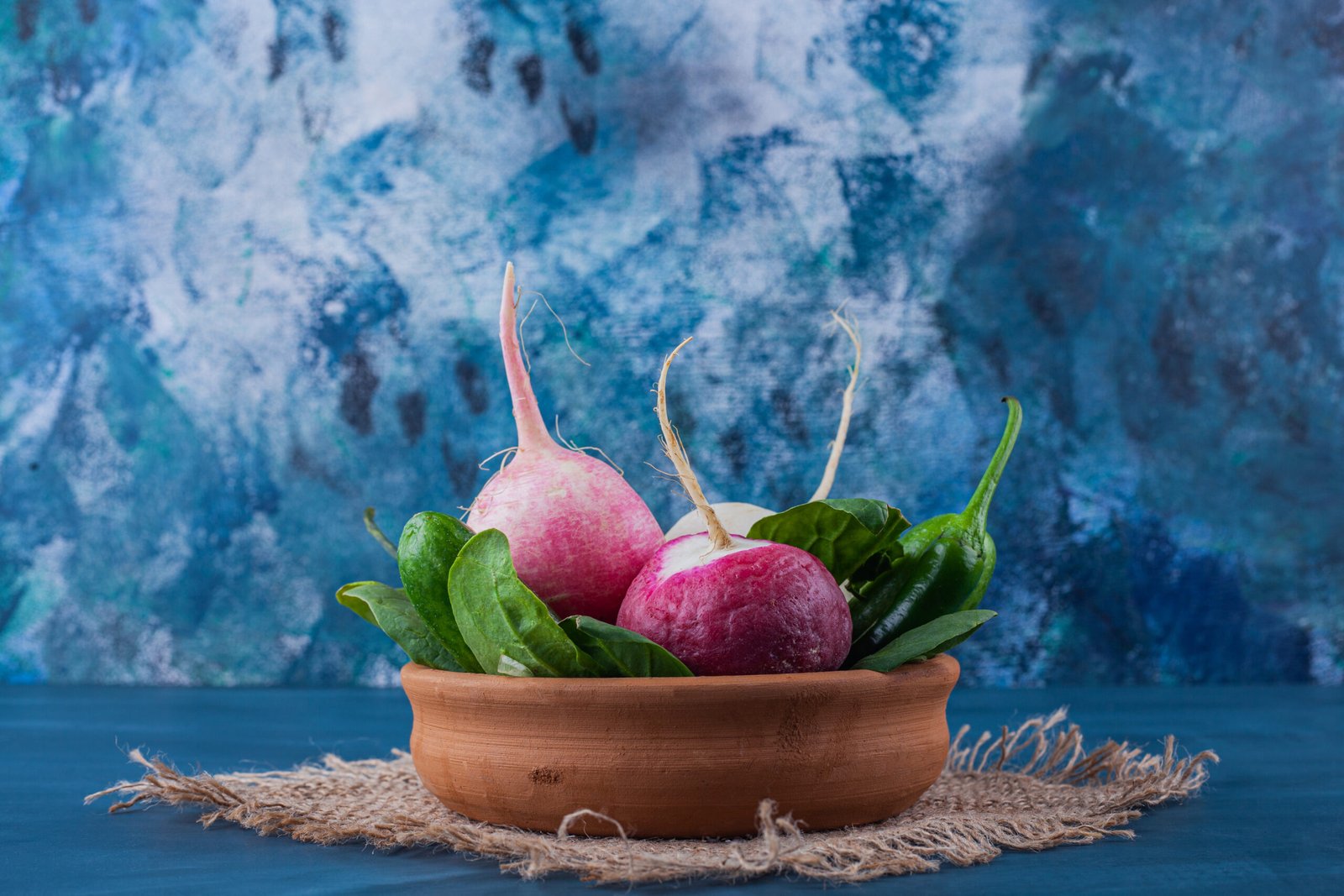Fish is one of the healthiest proteins you can incorporate into your diet, and baking it ensures you retain its natural flavors and nutrients while avoiding excessive oil. Whether you’re a seafood lover or trying it for the first time, this baked fish recipe will be your go-to for a quick, easy, and nutritious meal. In this guide, we’ll cover everything you need to know, from selecting the right fish to achieving the perfect bake.
Why Baked Fish?
Bake is among the most nutritional ways to cooking fish. Here’s why you should consider it:
Nutrient Retention: Baking retains more nutrients compared to frying or grilling.
Low Fat: It uses minimal oil, making it heart-friendly.
Ease of Preparation: With simple ingredients and techniques, you can prepare a gourmet-style meal.
Customizable: You can experiment with herbs, spices, and marinades for endless flavor combinations.
Table of Contents
Ingredients for a Classic Baked Fish Recipe
To create a dish that’s bursting with flavor, you need the right combination of ingredients. Here’s a list of what you’ll need for a simple yet delicious baked fish:
For the Fish:
Fish: 4 fillets (white fish like cod, tilapia, or haddock works well).
Salt: 1 teaspoon.
Black Pepper: 1 teaspoon.
For the Marinade:
Lemon Juice: 2 tablespoons (for tangy freshness).
Olive Oil: 2 tablespoons (adds richness).
Garlic: 2 cloves, minced (for depth of flavor).
Paprika: 1 teaspoon (adds smokiness).
Fresh Herbs: 1 tablespoon of chopped parsley or dill.
Optional Additions: Chili flakes for heat or honey for sweetness.
The Ideal Baking Time and Temperature for Fish
General Rule of Thumb
Fish should be baked for 10 minutes per inch of thickness at 375°F to 400°F. Adjust the time based on whether the fish is covered or uncovered and whether it’s whole or filleted.
Cooking Temperatures for Different Types of Fish
Salmon: 400°F for 12-15 minutes.
Cod: 375°F for 10-12 minutes.
Halibut: 400°F for 10-15 minutes.
Use a food thermometer to ensure the fish reaches an internal temperature of 145°F for safe consumption.

For the Garnish:
Lemon Wedges
Fresh Herbs
Tools You’ll Need
Baking Dish or Sheet
Parchment Paper or Aluminum Foil
Brush (for applying marinade).
Tongs (for handling fish).
Step-by-Step Instructions
Step 1: Preheat the Oven
Set your oven to 375°F (190°C). At this temperature, the fish will cook through without becoming dry.
Step 2: Choose the Right Fish
Freshness is key to a great dish. Here’s how to select quality fish:
Look for clear eyes and shiny skin if buying whole fish.
When touched, the flesh should be solid and spring back.
It should smell fresh, like the ocean—not fishy.
Pro Tip: If you’re using frozen fish, thaw it overnight in the refrigerator and pat dry before seasoning.

Step 3: Prepare the Marinade
Combine lemon juice, olive oil, salt, pepper, parsley, paprika, and chopped garlic in a small bowl. The tastes of this marinade are well balanced between savory, tangy, and fragrant.
Step 4: Marinate the Fish
Carefully coat the fish slices on each side using the marinade. Let them sit for 15-20 minutes. This step allows the flavors to seep into the fish for a rich taste.
Step 5: Prepare the Baking Dish
Line your baking dish with parchment paper or foil to prevent sticking. Arrange the marinated fillets in a single layer. Avoid overlapping to ensure even cooking.

Step 6: Bake the Fish
Start the oven and cook the dish for 15 to 20 minutes. The thickness of your fillets determines the precise time. Normally, for each centimeter of its thickness, bake for 15 minutes.
Step 7: Check for Donenessish.
Your fish is ready when it flakes easily with a fork and turns opaque. Don’t overcook the fish since it might get dry.
Step 8: Serve and Enjoy
Serve your baked fish right away after plating it and garnishing it with lemon wedges and fresh herbs.
Tips for Perfectly Baked Fish
Don’t Overcook: Use a thermometer to check the internal temperature—it should read 145°F (63°C).
Let It Rest: Allow the fish to rest for a couple of minutes after removing it from the oven.
Use Fresh Herbs: They make a world of difference in flavor.
The Benefits of Baking Fish
Baking fish is one of the healthiest cooking methods as it preserves nutrients, minimizes the need for excess fats, and avoids the high temperatures associated with frying. Here are some reasons why baked fish is a fantastic choice:
Nutritional Retention: Baking retains omega-3 fatty acids, which are essential for brain and heart health.
Flavor Infusion: Baking allows fish to absorb seasonings and marinades fully.
Ease of Cooking: Minimal effort and cleanup make it a perfect choice for busy days.
Versatility: Endless flavor combinations can suit any palate.

Essential Ingredients for Baked Fish
To make a perfect baked fish and you’ll need some essential ingredients:
The Fish: Fresh fillets or whole fish, properly cleaned and scaled.
Fat: Olive oil, butter, or ghee to add richness and prevent drying.
Seasonings: For a foundation, combine onion powder, paprika, garlic, salt, and pepper.
Acid: Lemon, lime, or vinegar to brighten flavors.
Herbs: Dill, parsley, thyme, or cilantro for a fresh touch.
Optional Additions: Cherry tomatoes, capers, olives, or sliced onions for added complexity.

Simple Recipes for Baked Fish
Salmon with Lemon Garlic Butter
Ingredients:
4 salmon fillets
2 lemons (sliced)
3 garlic cloves (minced)
4 tbsp unsalted butter (melted)
Fresh parsley (chopped)
Instructions:
Preheat the oven to 400°F.
Salmon slices should be put on a piece of parchment paper-lined baking pan.
Cover each filet with the heated butter and spice with garlic.
Top each fillet with lemon slices.
Bake for 12-15 minutes or until flaky.
Garnish with fresh parsley before serving.
Mediterranean Baked Cod
Ingredients:
4 cod fillets
1 cup cherry tomatoes (halved)
½ cup Kalamata olives
2 tbsp olive oil
1 tsp dried oregano
Instructions:
Preheat the oven to 375°F.
Place the fish pieces in a baking dish and cover them with olives and cherry tomatoes for decoration.
Garnish the dish with sage and spread with olive oil.
The fish should be opaque and flaky after 10 to 12 minutes in the oven.
Frequently Asked Questions
Can I Use Whole Fish Instead of Fillets?
Absolutely! Whole fish, such as trout or sea bass, are good. Simply modify the cooking time according to the size.
How Do I Store Leftovers?
Keep any surplus in a sealed container in the refrigerator for up to two days. Avoid drying out by reheating gently in the microwave or oven.
Can I Bake Fish from Frozen?
Sure, but you’ll have to extend the cooking time. Before baking, rinse and pat dry the frozen fillets.









